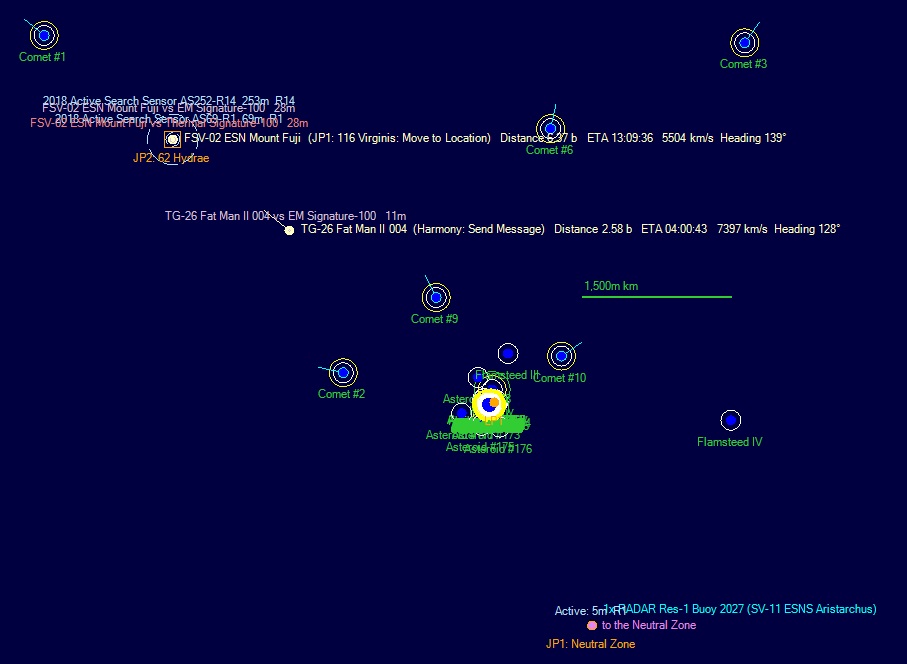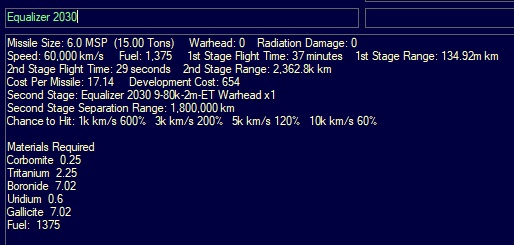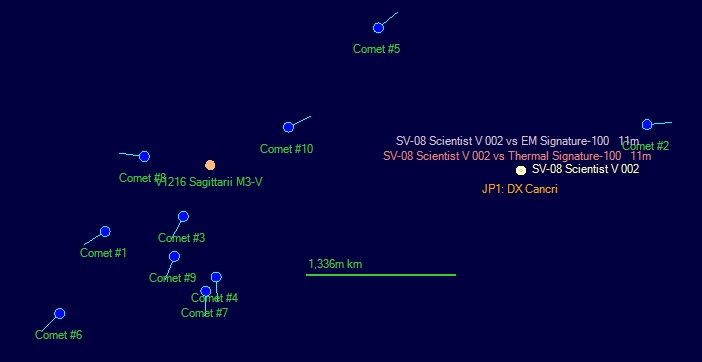Right now my working theory is that this is an advanced version of the swarm. Very dangerous, but the good news is that they don't do research.
As in, we can not only catch up given time, we can exceed their designs.
But we do need to keep them out of our territory.
Plus Mesons are nasty. But let's not get ahead of ourselves. The swarm has also been changed in recent versions and I'm not sure how much - but I do know every iteration of them is different nowadays, including speeds and weapon types, and these variables can be different every time a system containing them is generated.
As in, we can not only catch up given time, we can exceed their designs.
But we do need to keep them out of our territory.
Plus Mesons are nasty. But let's not get ahead of ourselves. The swarm has also been changed in recent versions and I'm not sure how much - but I do know every iteration of them is different nowadays, including speeds and weapon types, and these variables can be different every time a system containing them is generated.
- 1








